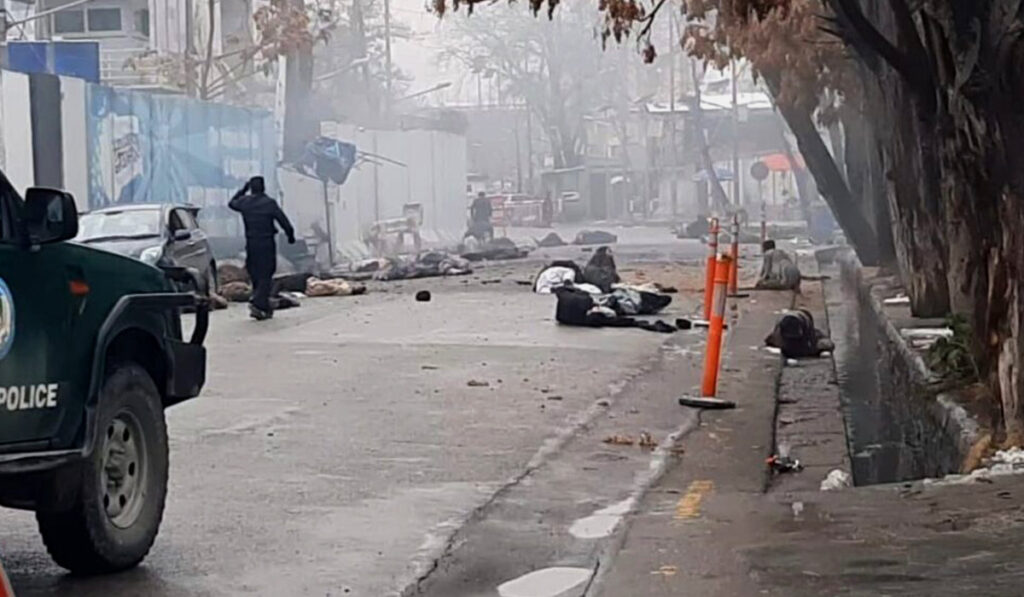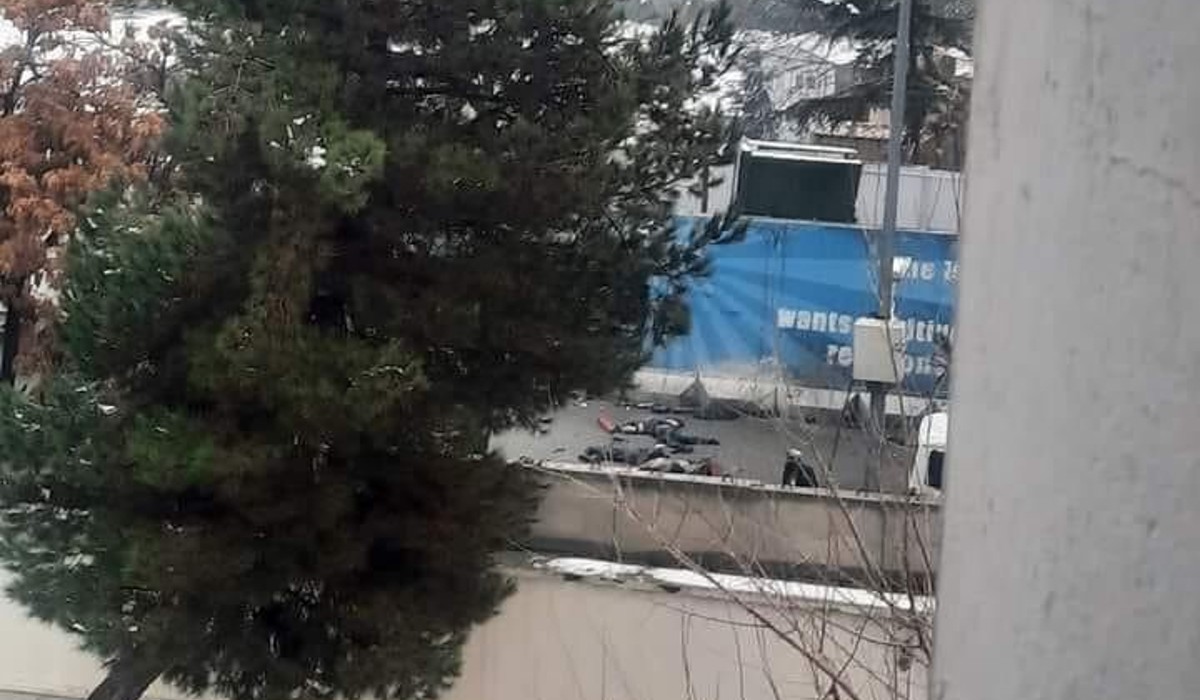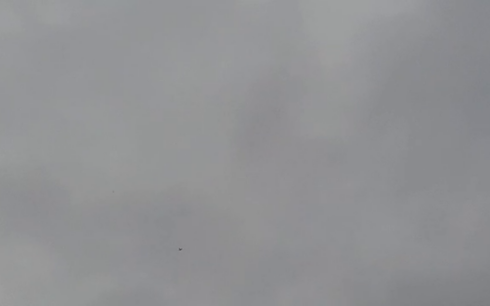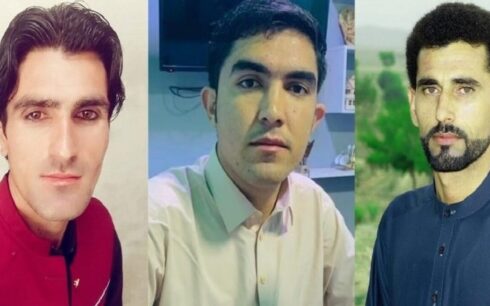The road in downtown Kabul where the Ministry of Foreign Affairs compound is located is highly fortified by the Taliban forces. It is connected to Malik Asghar Roundabout in the west and Zanbaq Square in the east.
Key offices on the road include the ministry of foreign affairs, the economy ministry, the Marmarin palace, the intelligence department, the Chinese embassy, the Turkish embassy, a big mall, and a number of Taliban-run offices.
There are checkpoints on each side of the road.
Each person who wants to enter the road to go to their offices is asked to show their ID cards and should complete an inspection.
Seven Taliban members are always deployed at the checkpoint on the west of the road, who would not allow any vehicle without a special pass or any person without an ID card/
“The only way for employees to enter the road is by showing their ID card and they are allowed after an inspection in the checkpoint near the Malik Asghar Roundabout beside Gulbahar Center, a big mall in the city,” said a Kabul resident who works in one of the offices in foreign ministry’s road.
But in the checkpoint that is located in Zanbaq Square on the east of the road, there are 5 to 10 Taliban forces, including their intelligence members, every day. They are not allowing anyone to enter the road except Taliban members.
A journalist who sometimes passes through the road, said, “Any time that I pass through the road, the Taliban are allowing me after seeing my ID card.”
“I have witnessed that many are not allowed to pass through the road,” said the journalist who wished not to be named in this report.
Former deputy interior minister Mirza Mohammad Yarmand said breaching the checkpoints is not possible without coordination with the Taliban’s inner circles.
“The suicide bomber might have been taken to the area by Taliban’s high-ranking officials in government-owned vehicles; otherwise, it is not possible an attacker would pass through many outposts to get to the target,” Yarmand said. “Such as thing was underway during the republic government. Such individuals were taken by government vehicles to detonate themselves.”

Analysts said that such attacks were conducted “by the Taliban” during the republic government to destabilize the government and now that the Taliban is ruling Afghanistan, they have been faced with similar incidents and have not been able to prevent them.
US charge d’affaires Karen Decker in a tweet after the attack said there is a need to know why and how the attack happened and what should be done to prevent such incidents.
Former Iranian ambassador for Afghanistan, Mohammad Reza Bahrami, said in a tweet argued that if the attack is deemed as a message to the foreign side, there will be no doubt that “external rivalries” have entered the region sooner than they were expected. He said that the Taliban’s governance style also facilitates this instability process.
The suicide bombing outside the ministry of foreign affairs happened at around 4:00 pm on Wednesday, Jan. 11, when employees of the ministry were leaving the compound.
Taliban called the attack heinous and said it killed five civilians.
A source from the Taliban’s ministry of foreign affairs said that at least 23 people, most of the employees of the ministry, were killed in the explosion. The source said that four Taliban members were wounded in the attack.
Daesh claimed responsibility for the attack.





